By Lauren Panepinto
It seems this summer all my Muddy Colors posts are timed to being away at Conventions. And this post is no exception. As some of you know, every July — when most of the SFF world is setting up at San Diego Comic Con — I head to a very different kind of convention: The Tales of the Cocktail in New Orleans.
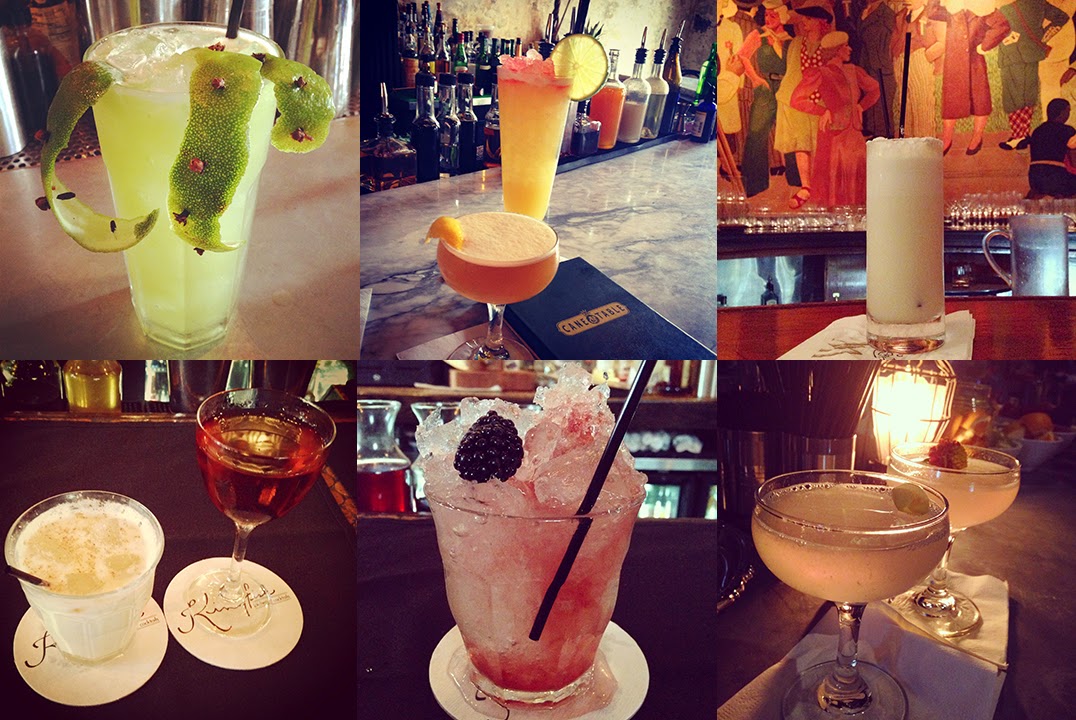 |
| Cocktails as art form |
It’s my 5th? 6th? year at Tales (things get blurry at a cocktail convention), and I go for a few reasons. First, I’m a big cocktail nerd and love the history and creativity in the spirits/liquor world. I’ve posted about that before. Second, I’ve done a lot of graphic design in the cocktail world, and I like to keep tabs on what’s going on in a sphere of design outside SFF and book covers — it’s kind of a hobby, if you can consider something in design still a hobby to me. Third, it’s actually really refreshing to attend at least one convention a year as an attendee, rather than as a presenter, organizer, and/or portfolio review target. I get to experience how a con runs from the other side, and I think it makes all my work on the organizing side of cons a lot better and more effective.
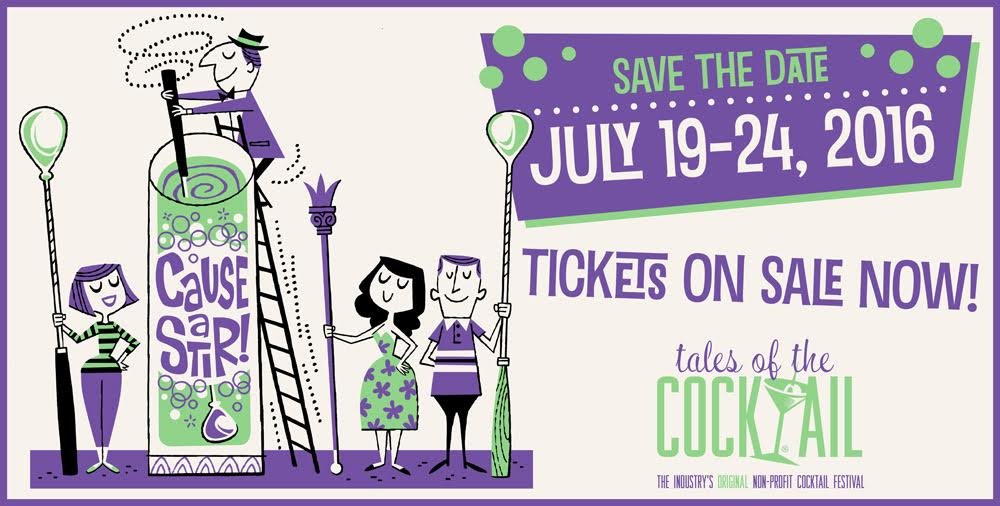
The fourth reason I go to Tales is because it never ceases to amaze me how similar the conversations between bartenders and brands and ambassadors are to the conversations artists and art directors have at every art con I attend. Today at Tales I attended a seminar that was so eerily applicable to all the writing I do about Art Careers that I am going to give a ton of notes below, and at no point have I needed to change “bar” to “art” or “bartender” to “artist”.
The seminar was called: Going Back to Your Roots to Find Success and it was a conversation with 2 career bartenders/bar owners that have become stars in the industry for their successful bars, their influence, and the varied projects they have done in their careers. If you’re into cocktails you might know their names, or their bars, but it doesn’t really matter. Just trust me, Jim Meehan, most famous for the bar PDT (Please Don’t Tell) in NYC, and Ryan Chetiyawardana (known as Mr. Lyan), best known for the many bars he’s opened and been involved with in London. The panel was a look back at the course of their careers and an attempt to break down and explain what foundations they had, and choices they made, to lead to success and renown.
 |
| Jim Meehan and Mr. Lyan |
What was fabulous about the seminar was it was really well-structured into the essential parts of a good career, and then Jim & Ryan talked to their specific experience with each point.
The Essential Parts of a Successful Bartending Creative Career:
1) EDUCATION: What I found fascinating about both speakers (and goes for most of the successful creatives I know) is that neither began their careers as bartenders. Meehan was in pre-med, and Lyan got an art degrees and a philosophy masters. Both stressed that higher education wasn’t critical to success, but higher education taught you how to succeed when you need to jump through institutional hoops. They felt peers that hadn’t had the experience of higher education crumbled when they were faced with difficulties later and hadn’t ever had to rely on themselves to pass or fail. They also felt the wide base of their learning and interests were what was important, not specifically what they learned. They learned how to learn, and that was the most important thing.
We’re not in the booze business, we’re not in the bar business, we’re in the relationships business. — Jim Meehan
2) EXPERIENCES: Both stressed travel as critical to getting “out of your own bubble” and gaining perspective. And if you could travel and work for a time, rather than just travel as a tourist, all the better. The most important experiences both of them highlighted were times they failed at projects and had to learn how to get around that failure the next time. They both stressed that experience teaches you to embrace fear — to the point that if you aren’t scared of your next career move, you probably shouldn’t take it. Choose your next steps by challenges that terrify you, and surround yourself with bosses and peers that scare you with how talented they are. If you feel completely confident about your next move, you’re not pushing yourself hard enough.
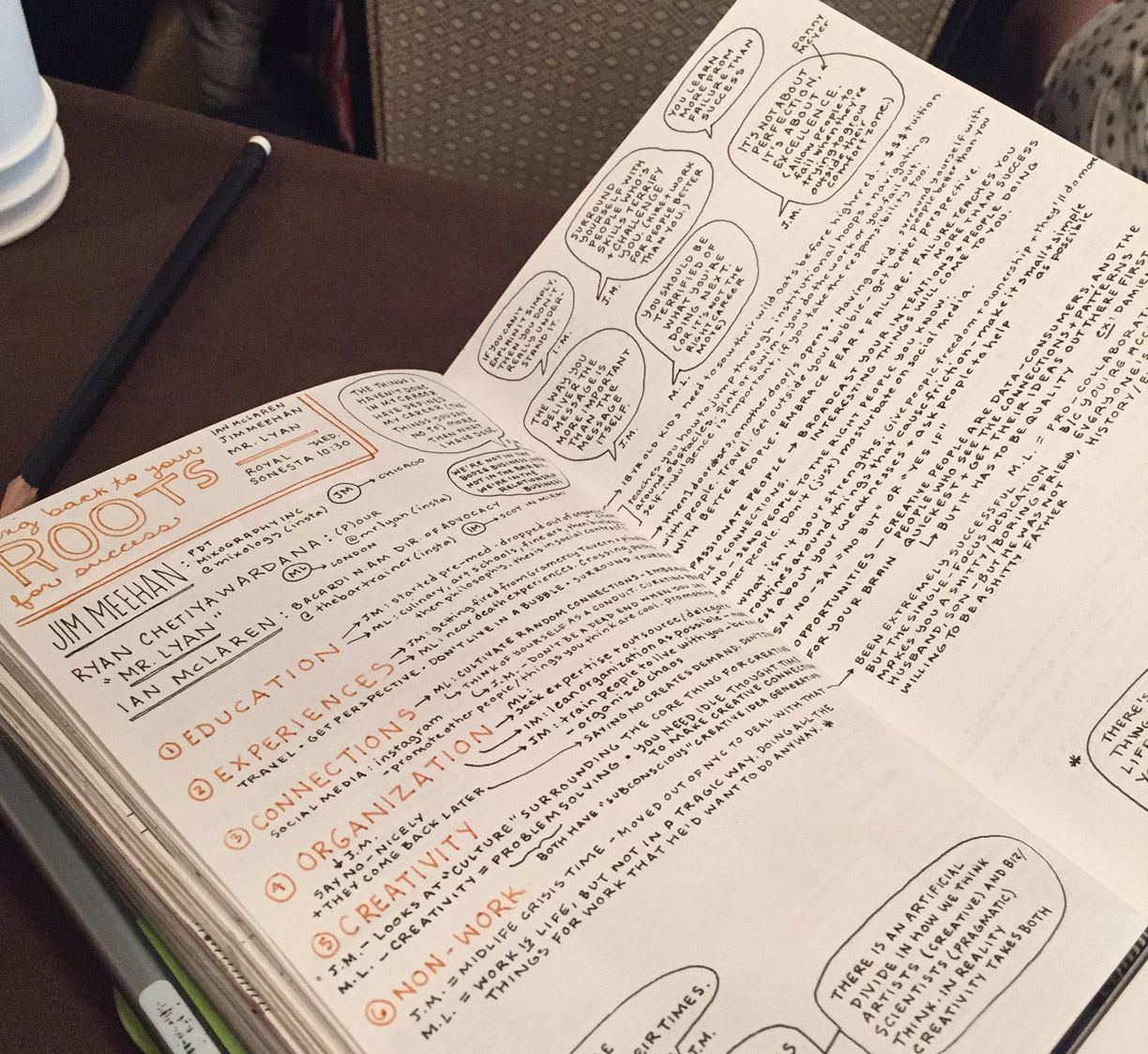 |
| Furiously taking notes through the seminar…all for you guys! |
3) CONNECTIONS: The advice here was not to worry overmuch about traditional “networking” but to cultivate random connections. Lyan especially stressed that talking about what you’re doing, and what you’re interested in (in a blog, in press, etc) will bring interesting people out of the woodwork to talk to you, and they’ll bring collaborations and ideas you never would have thought to seek out.
Broadcast your intentions and interesting people will come to you —Mr. Lyan
4) ORGANIZATION: Both swore they had a kind of organization by chaos, but under examination, it wasn’t quite true — they both had built systems that kept them organized, but they were built around an honest look at their strengths and weaknesses, and stayed open and flexible enough to allow for enough freedom to be creative. Although neither mentioned it by name, it was clear that they both adhered to the
80/20 principle: Focus your energy on what you’re good out, outsource what you’re bad at to experts who are better at it.
Are creative people great problem-solvers or are great problem-solvers creative people? (It’s the same thing) —Mr. Lyan
5) CREATIVITY: This, of course, was a fascinating and long part of the conversation, but the general gist for Meehan was that his creativity stemmed from not just looking at the thing he was interested in, but also the culture surrounding it. At the edges of that culture is where he’s found the most creative ideas and opportunities. Lyan then talked about unconscious or subconscious idea generation — that you, as a creative person, are taking in data and stimulus all the time, and you need to give your brain time to digest it and play with it, and spit out ideas that don’t quite work, and mull them over, and let them stew, and then they’ll pop out almost by magic when you’re in the shower or someplace you’re relaxed and not trying to work.
“It’s not about perfection, it’s about excellence.” —Danny Meyer, quoted by Jim Meehan. Perfection has no room for failure or learning from failure. Excellence accepts that people are going to make mistakes when they’re trying to grow past their comfort zones, and you need to encourage that.
6) NON-WORK: Both Meehan and Lyan (and the moderator) agreed that if you’re going to be at the top of your field there is no life/work balance. Meehan talked about the 20 years he was most successful — yet he wasn’t the best friend, neighbor, son, or husband he could be. Once his daughter was born he knew he had to leave NYC to force himself to focus on his non-work life for a time or he would regret it. But he couldn’t have done that earlier and been as successful. Lyan agreed, in a slightly more positive way, and said to be truly successful in your field, there is no life-work balance, you have to do for work what you would want to do anyway if it wasn’t for work. He would want to travel, design, mix drinks, and open bars whether it was his job or not, and thus he didn’t feel he was missing out. That’s the blessing — and curse — of a creative career.
So that’s my report for now. See what I mean? As applicable to Art as it is to Mixing Drinks, Writing Novels, Composing Music, and any other creative endeavor. Now back to the convention. Four more days of convention (and cocktails) to go!






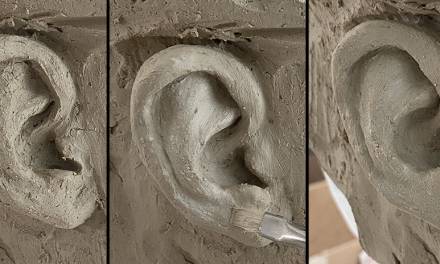
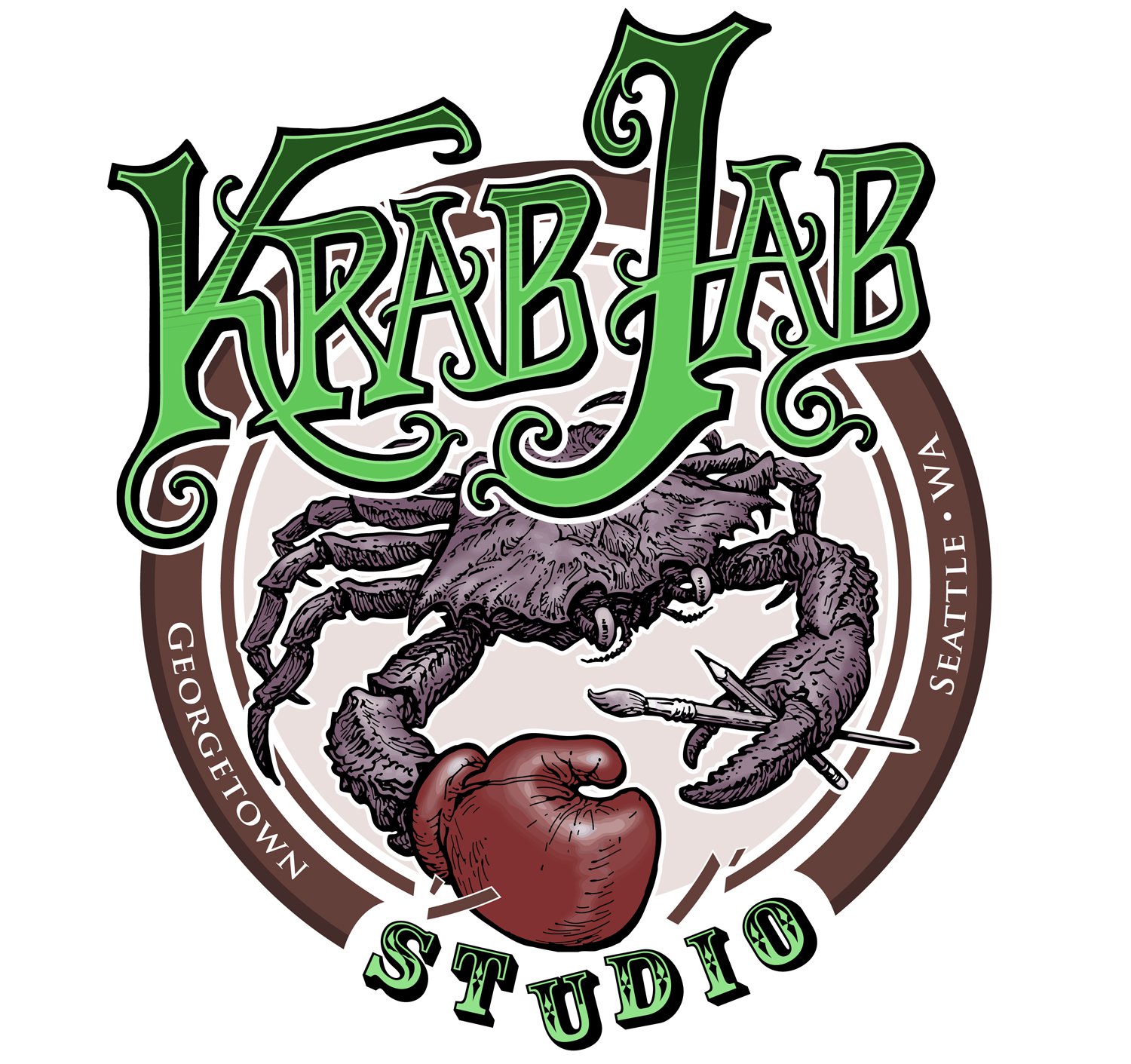
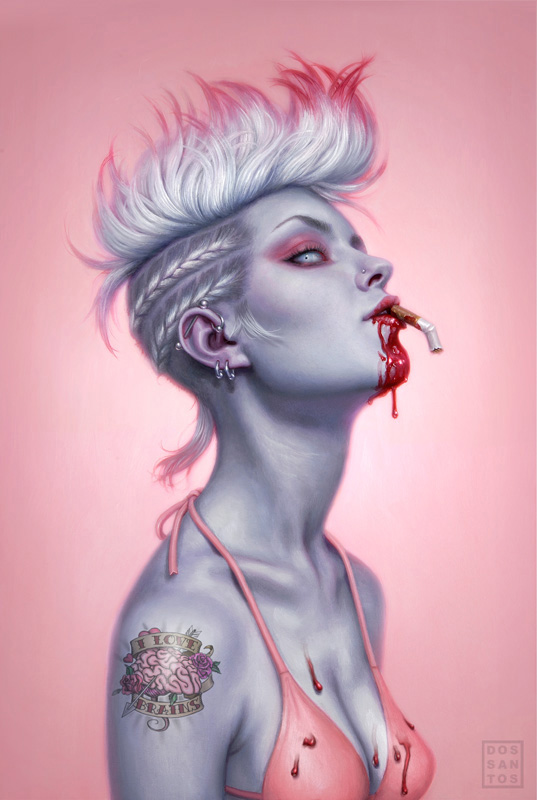

You are so right about accepting challenges and embracing fear. It forces me to find solutions. Thank you for sharing, as I needed to read this today.
“They also felt the wide base of their learning and interests were what was important, not specifically what they learned. They learned how to learn, and that was the most important thing.”–Lauren Panepinto.
This particular point stuck out to me because it was something I learned to appreciate more and more as I got older. That every experience I have had, creative or non-creative has some value to it, that I can apply to my work and life.
“as a creative person, are taking in data and stimulus all the time, and you need to give your brain time to digest it and play with it, and spit out ideas that don't quite work, and mull them over, and let them stew, and then they'll pop out almost by magic when you're in the shower or someplace you're relaxed and not trying to work.–Lauren Panepinto
The best ideas seem to come this way.I can relate to this very much.In my experience, I find that when they do come it is hard to let them go until the work is done.
I still feel I have to work on number #6. It is not that I don't enjoy my time away with family and friends. But I never feel it is always quite as balanced as I would like because everyone seems to be on a different schedule. Sometimes I am more social and sometimes less.
The creative urge doesn't always come at the right time either, usually when something else is going on. There is nothing worse than when you feel like wanting to work and you are out doing something else.
I like all the pictures of cocktails and comparisons to this industry.
I hope you talk about this subject more Lauren.
Thank you.
Victor
<3
You're very welcome!